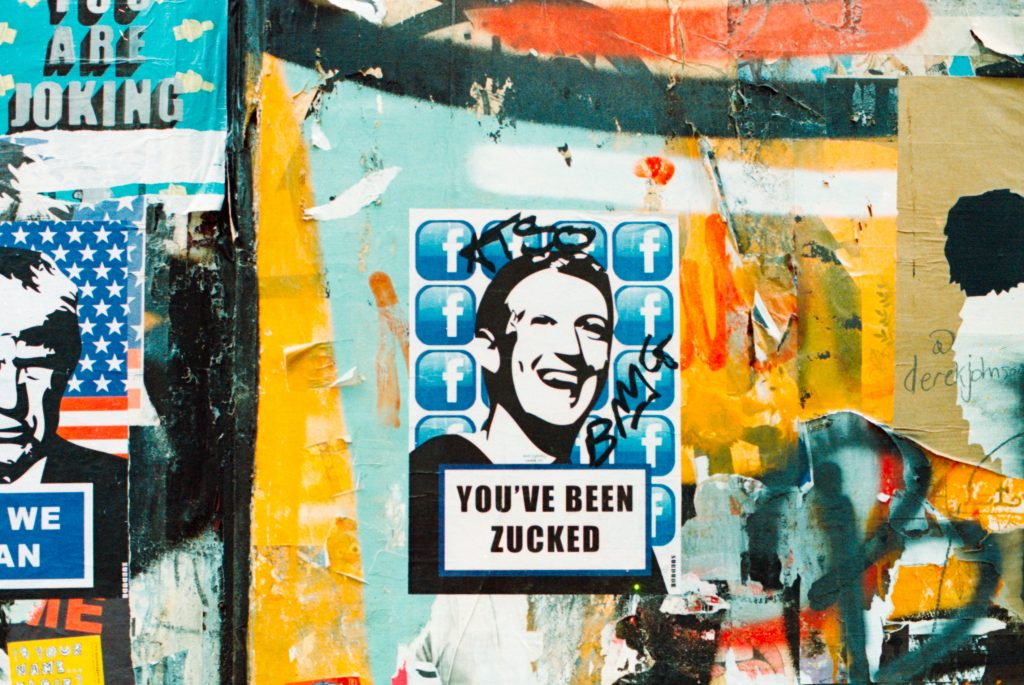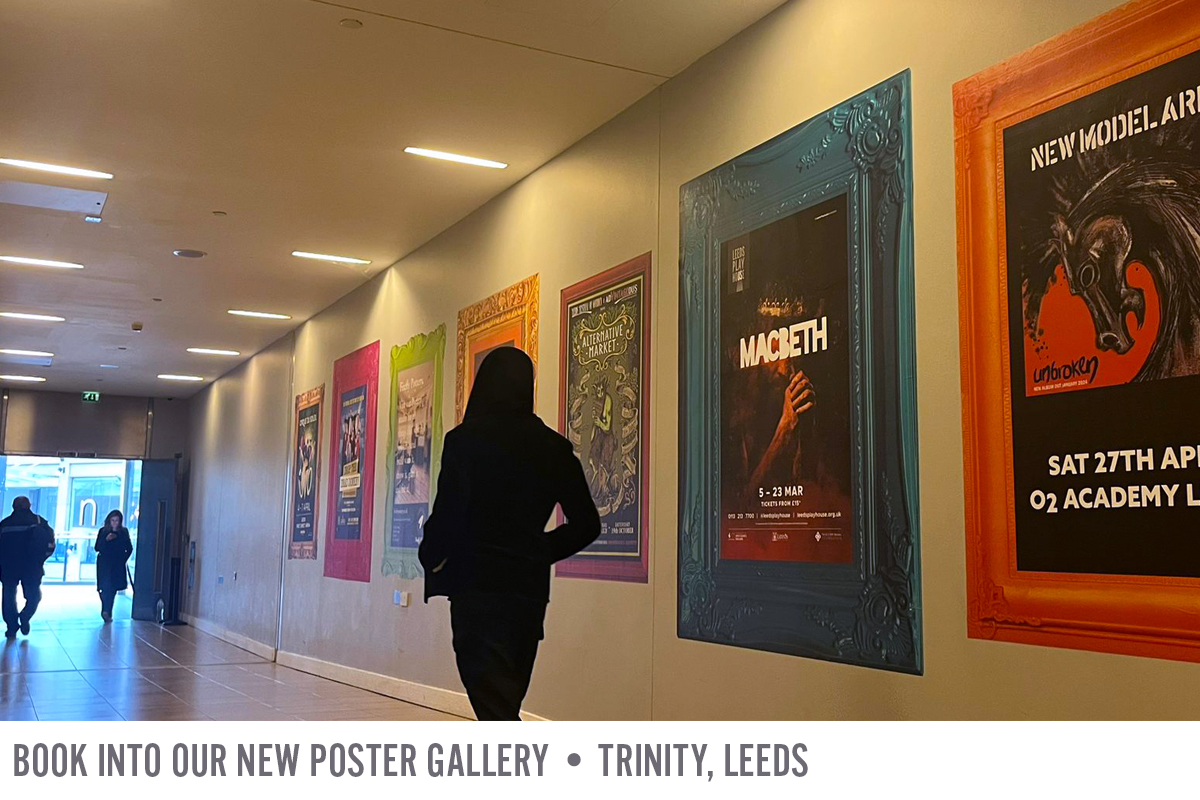What does this mean for online advertising?
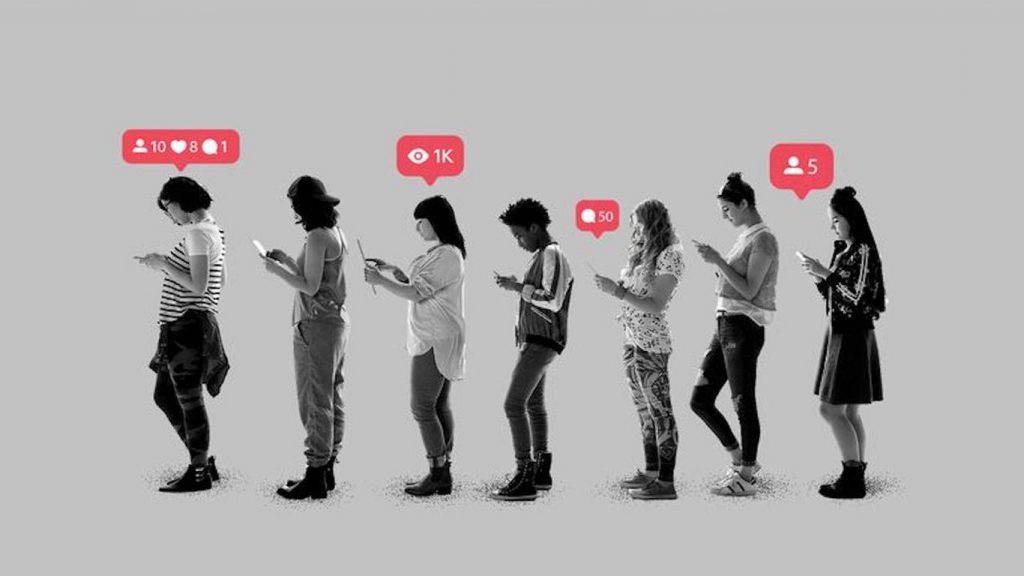
Social media is drastically changing. Long running reports that social media applications are negatively affecting our mental health and warping ideas about reality has finally led to big changes. Up until now platforms have put all their efforts into boosting engagements at every opportunity, carefully crafting flashy public-facing like counts that make satisfying noises and flash cheerily when pressed, with bright colours and images gluing eyes to screens.
Now, after increases in depressive disorders as a direct effect of overuse of and online bullying on the apps, social media giants are investing money in monitoring and blocking harmful interactions and limiting usage.
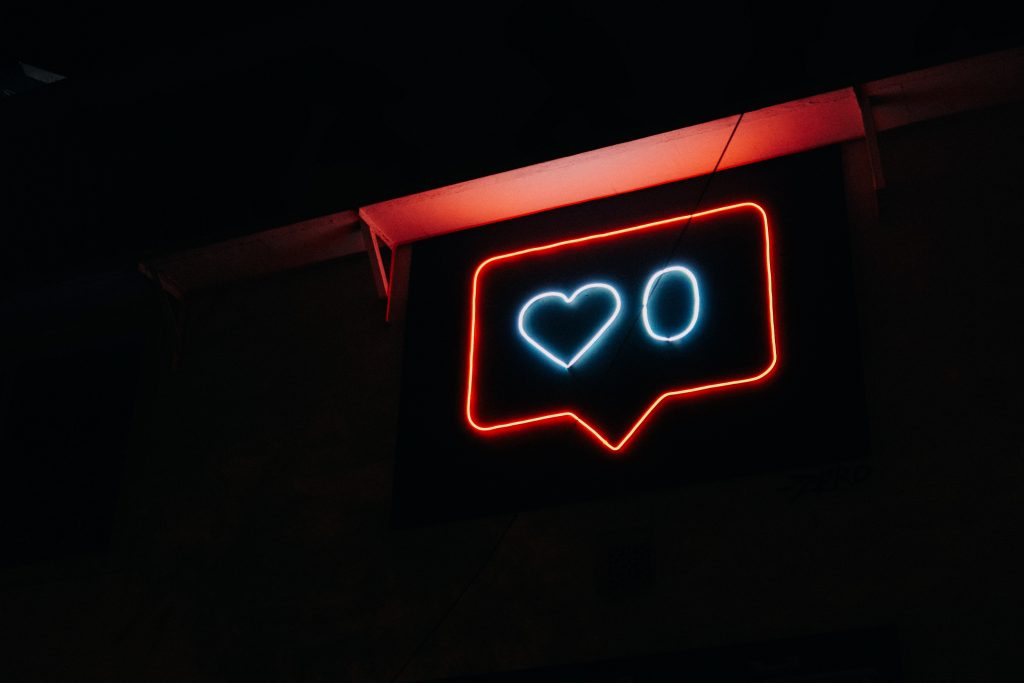
The dangers that social media affects are being heavily researched, but the proof lies in statistics and reports of increases in mental health problems amongst youngsters, and heartbreaking deaths being linked directly to negative experiences on the platforms. More than two-thirds of teens agree with the statement, “social media has a negative impact on many people my age.” With 40% agreeing with the statement, “I sometimes wish I could go back to a time when there was no such thing as social media.”
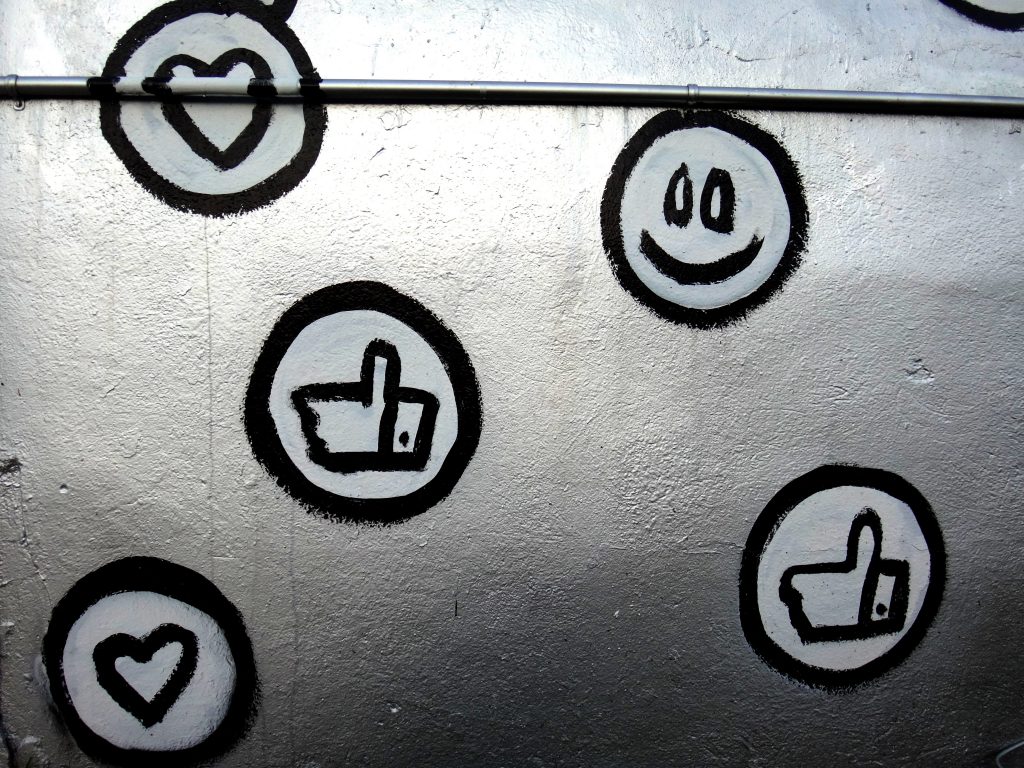
So what changes specifically are being made? . . . and how effective will they actually be?
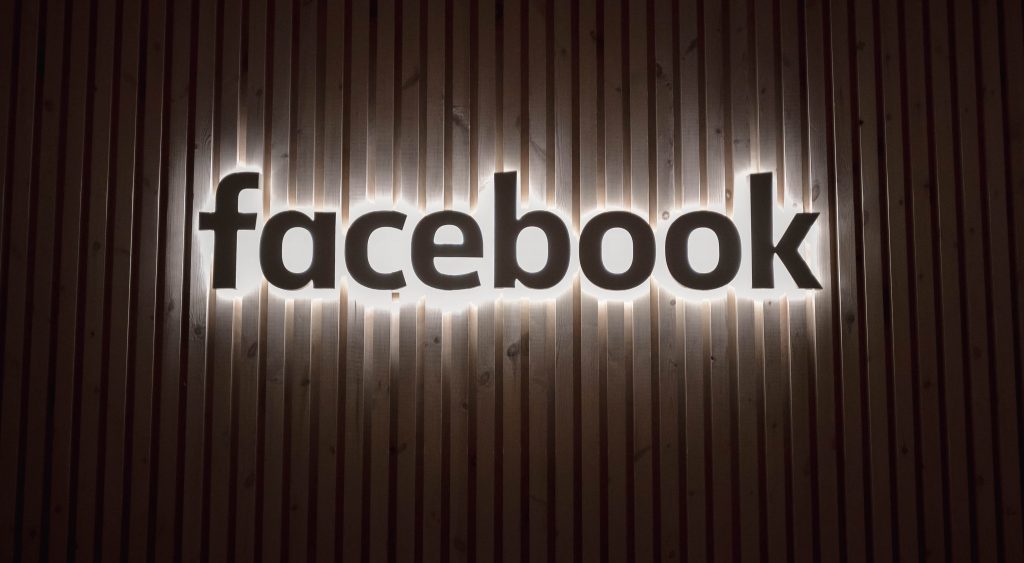
Though the original King, and still leading with the highest number of monthly active users (approx); Facebook has been knocked off the top spot for user engagement, with popularity votes leaning towards Instagram and Snapchat. Facebook began rolling out a test to hide public “like” counts on its platform in Australia in September. Further to this, in 2018 Facebook upped its security and safety team to 30,000 people – almost doubling their moderating staff. However, the same year saw the Cambridge Analytica scandal, where the personal data of millions of peoples Facebook profiles was harvested without their consent and used for political advertising purposes. This goes to show that it may be the apps themselves rather than the people interactive through them that is causing some of the anxiety.
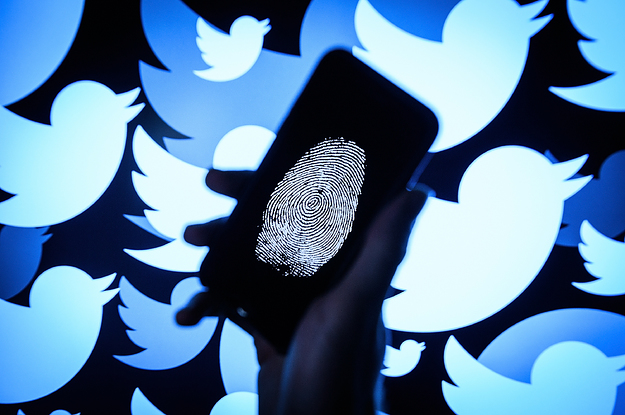
With approximately 320 million monthly active users, Twitter claims to be clamping down on harassment and bullying on it’s social networking service. The site has in-built AI that flags up abusive words, with human moderators at the end of each process that decide whether the nature of the tweet is ultimately damaging. The problem with determining between harmful/harmless language is that it all relies upon context. This context changes dependent on the user’s relationship to the person the tweet is directed at, their ethnicity, gender, sexuality etc. Sometimes this is information that is impossible to determine just from someone’s profile.
The continually evolving nature of the English language also means that employees must constantly track and study new trends in modern language. Twitter relies a lot on users themselves to clock and report inappropriate behaviour when they come across it. But again, the final decision comes down to an anonymous employee.
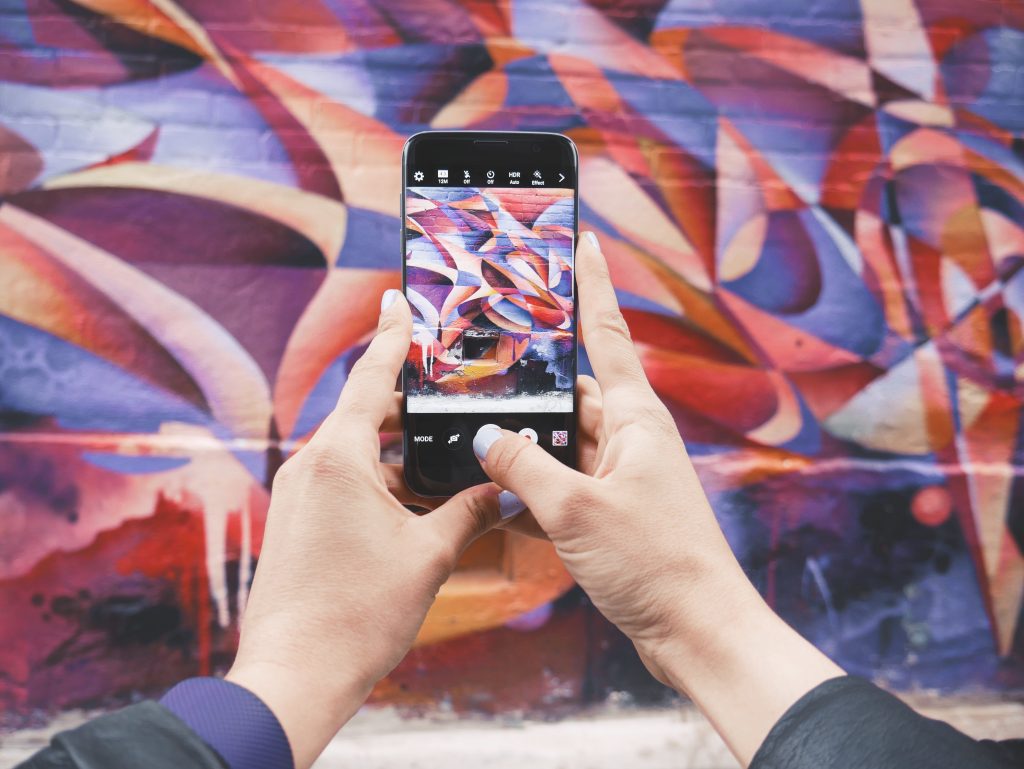
With 400 million monthly active users Instagram proposes a unique concept, where users share snapshots of their lives on a photo gallery profile. These photos can be upgraded with entrancing filters and in built editing software. Instagram comes top of the list for causing anxiety in young people – by allowing users to present perfect, edited versions of their lives and display them to their peers, Instagram can create false impressions of happiness and online rivalry.
As an empire of Facebook, like them, Instagram has proposed public tests in the US to remove “like” counts, which have already been carried out in other countries like Canada, Australia, Japan, Italy and Brazil. It is hoped that this will stop obsessive like counting and uploading things purely to garner lots of likes, rather than wanting to document and share things you love with friends. Snapchat co-founder Evan Spiegel has been a public critic of the “likes” system, blaming it for spurring fake news, divisive content and unhealthy engagement.
Instagram relies heavily on AI to remove abusive and inappropriate content. Algorithms have been criticised however for being discriminatory. One which caught the public’s eye was the ‘nipple ban’, which, though capable of flagging both genders nipples, only led to images of female ones being removed. This lead to the creation of the iconic hashtag #freethenipple and a ‘Genderless Nipples’ account which features close ups, in which it is impossible to determine the individuals gender.
Though a contested issue, it raises interesting questions into the control of content imposed by platforms, and whether they do more harm than good.
Ultimately, efforts to protect wellbeing for users is finally being invested in, and thought it may be still under development it is good news for the overall mental health of the ever growing online population. However, another issue is born out of all this monitoring and restrictions. Many small brands and businesses rely on social media platforms as free promotions to optimise business and sales. Though likes are not the only way of tracking engagements, nor the most meaningful metric, they are the easiest way of visualising and contributing on the platforms.
Will these changes mean Out Of Home Advertising becomes an even more popular and favoured option?
We think so.
Outdoor Advertising cannot be controlled by invisible external forces or assigned to people via conflated algorithms. Explore some affordable, bespoke options for your brand here.
Finally responding to public furore and criticism from the media, social platforms are trying to move away from unhealthy engagement, towards a better user experience. But that means stepping into a more unpredictable future for their own profit margins, and those of the businesses and brands that depend on them.
